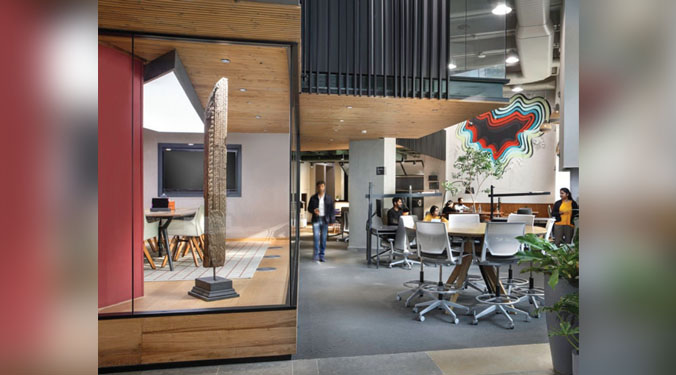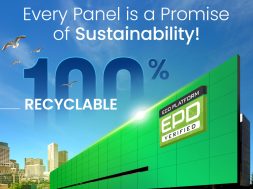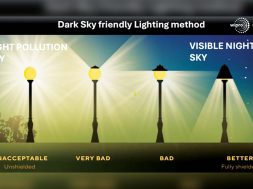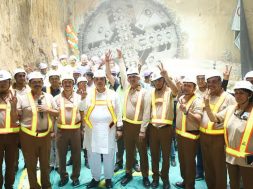The Perfect Balance of Aesthetics, Innovation and Creativity

Swaviman Das discusses how a well-designed space blends functional requirements with aesthetics.

How do you take both aesthetics and functionality along?
The function is the primary purpose for which a design is developed, and aesthetics is a human response, a sensory experience. When we start to design a space, the functional aspect is the key element and eventually, the aesthetics component gets added. During the design process, function and aesthetics get intertwined and become interdependent. One cannot exist without the other. A well- designed space is a perfect balance of meeting the functional requirements while creating aesthetic appeal.
How do you think furniture plays a vital role in interiors?
Furniture is integral to designing any space and every functional aspect of our daily life. It is needed to establish a pleasing sense of order and provide physical and mental comfort, leading to a healthier lifestyle. The interesting thing about furniture is the freedom of customization. This allows for varied and multiple uses at the same time.
Furniture pieces can be tailor-made as per the end user’s requirements, allowing for never-ending possibilities to explore with different scenarios and spaces.

Interior design is about curating comfort; according to you, what is a “good” design?
A good design is a combination of creating efficient, effective and functional spaces that also take into consideration aesthetics, innovation and creativity. A good design will not just be pleasing to look at but should be able to add value to a brand or a space by offering a different perspective.
Which materials do you prefer the most, which are energy efficient and resemble the modern look and feel of your interiors?
Energy efficient materials translate to local, readily available materials that go through the least amount of processing and manufacturing. Energy efficiency is something that cannot be achieved in interiors alone. While designing a building, an architect must consider critical aspects while planning the building. A sensibly planned building and sustainable materials will provide an energy-efficient product. eg: Locally resourced materials help in reducing carbon footprint, Low VOC products, Kenoteqs K-Briq, Kedel recycled plastic cladding, Eco-smart wall panels, reclaimed woods, eco flooring, bamboo composite products, Recycled carpets, up-cycled wall coverings made from packaging materials etc.

Cookie Consent
We use cookies to personalize your experience. By continuing to visit this website you agree to our Terms & Conditions, Privacy Policy and Cookie Policy.





